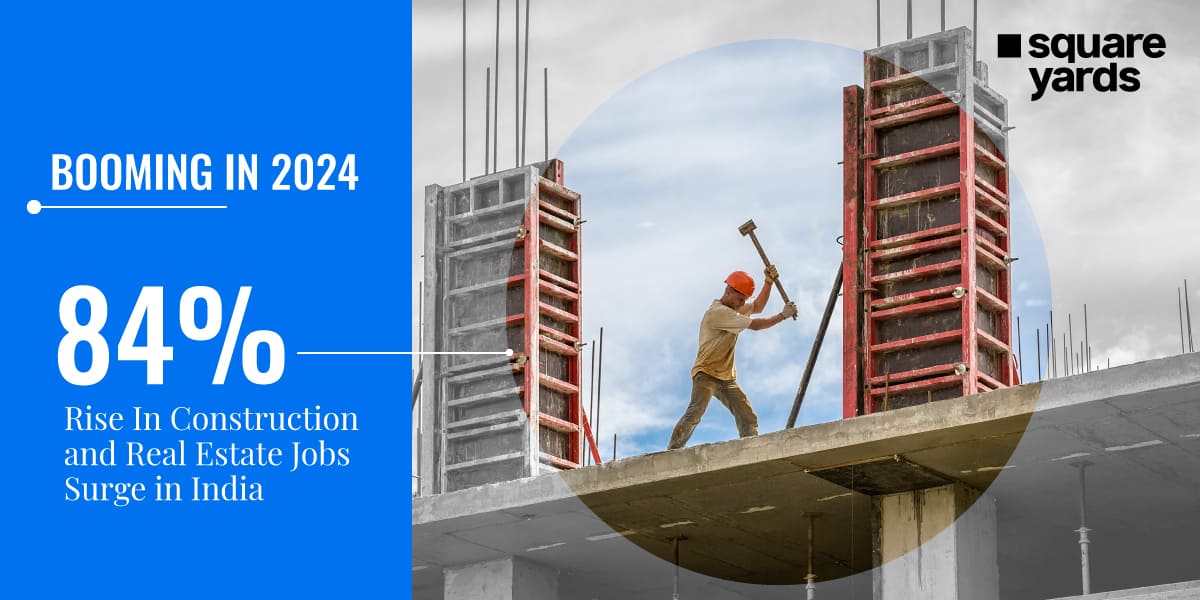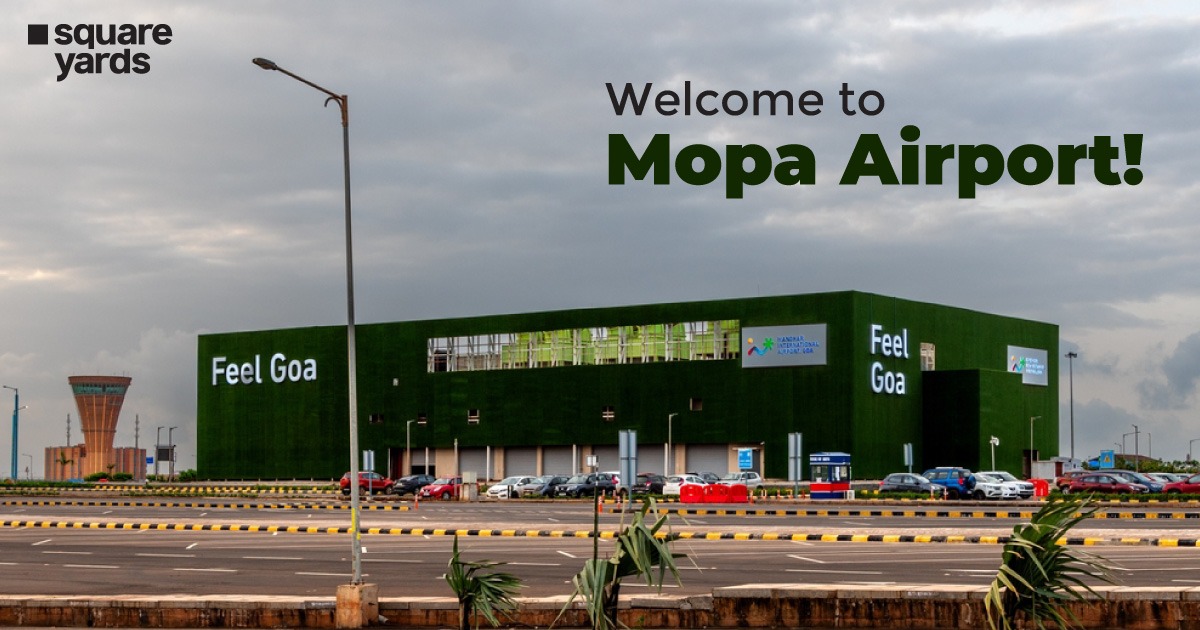The rapid surge in redevelopment activities across Mumbai has triggered a significant boom in the rental housing market. Over the past 12-18 months, average rentals have escalated by 25-30%, particularly affecting displaced residents. The ongoing reconstruction of aging buildings, combined with the government’s pro-redevelopment policies, has created a challenging environment for those seeking affordable housing.
- Rental prices in Mumbai have surged by 25-30% in the last year.
- Displaced residents face affordability challenges due to rising rents and inadequate transit accommodation.
Unprecedented Demand for Rental Housing
The housing landscape in Mumbai is undergoing a transformative phase as redevelopment projects gain momentum. With many buildings over 50-60 years old facing structural issues, the Maharashtra government’s initiatives for self-redevelopment have led to a notable increase in housing society redevelopment activities. This surge has resulted in a fiercely competitive rental market, where demand has skyrocketed, prompting landlords to capitalize on the situation. According to property brokers, rental prices have soared dramatically, with the average increase reported at 25-30% over the past year, a stark contrast to the usual 5-7% annual hike.
As thousands of residents find themselves temporarily displaced, many are seeking homes that can accommodate their families for extended periods, typically ranging from 2 to 3 years, while their original residences undergo reconstruction. This heightened demand has given landlords a significant advantage, allowing them to raise rents substantially. “The demand for rental homes has skyrocketed due to redevelopment activity,” noted Yashwant Dalal, president of The Estate Agents Association of India. The rising rents, however, have led to affordability concerns, particularly for families accustomed to living in specific neighborhoods.
Challenges Faced by Displaced Residents
As the rental housing market continues to heat up, the challenges faced by displaced residents are becoming increasingly evident. While developers are providing rental allowances to assist those affected, the rapid escalation of rents in premium areas has often outstripped these compensations. Reports indicate that many landlords offer rental compensation ranging from Rs 50,000 to Rs 1 lakh per month, yet the actual rental costs in some prime locations have risen beyond this threshold. Consequently, families are being forced to either downsize or relocate to areas farther away from their original neighborhoods, creating additional challenges related to commuting and access to schools.
Parthh K Mehta, CMD of Paradigm Realty, emphasized the complexities of the current market, stating, “The sharp rise in rents, particularly in premium areas, has been unprecedented.” To address these issues, developers are employing specialized teams to facilitate smooth transitions for displaced residents, helping them find suitable temporary housing. This focus on service aims to alleviate some of the burdens faced by families during this challenging period. Interestingly, there has been a noticeable shift in tenant behavior, with many initially seeking short-term leases now opting for 3-5 year contracts to secure stable rental rates amidst ongoing uncertainties related to project completion timelines.
Future Impact on Mumbai’s Real Estate Market
The current rental housing boom in Mumbai is likely to have lasting impacts on the city’s real estate market. As redevelopment projects continue to reshape the urban landscape, the demand for rental accommodations is expected to persist, particularly as more housing societies opt for redevelopment. This ongoing trend could lead to a sustained increase in rental prices, further exacerbating affordability concerns for many residents.
Moreover, the trend of longer lease agreements may become more common as tenants seek stability in an unpredictable market. Developers and policymakers will need to closely monitor these developments to formulate strategies that balance the needs of displaced residents with the realities of rising construction costs and market demand.






















